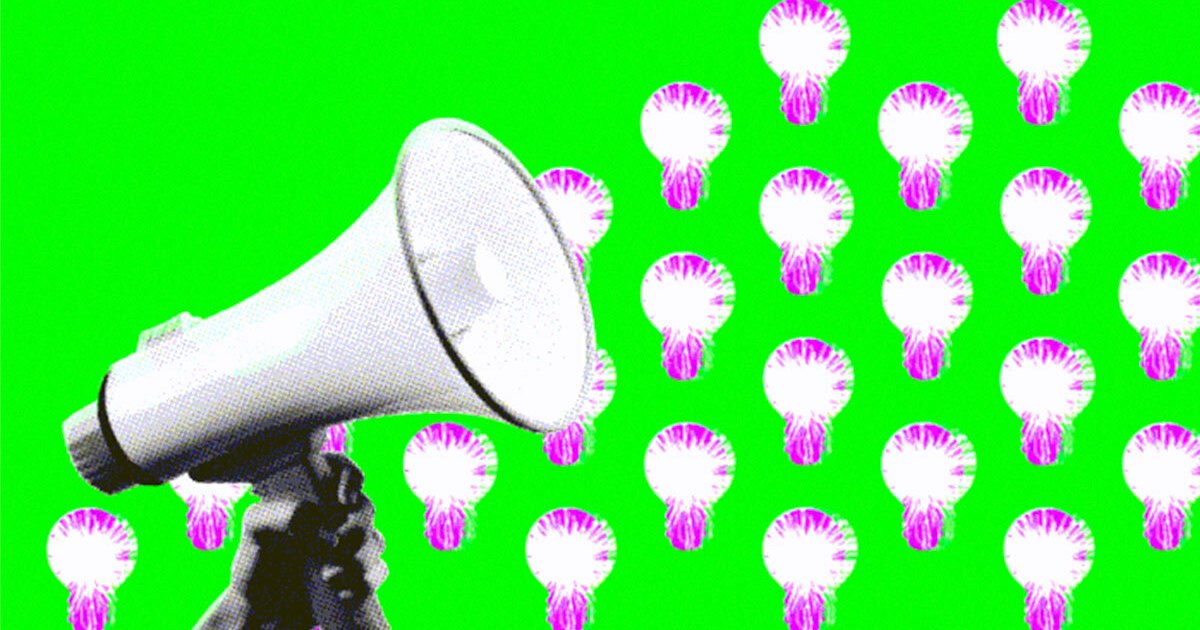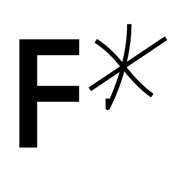Last month we released another special issue at Freethink — our Creativity & AI Special — focused on the explosion of generative AI tools and exploring the ways they will (and already are) impacting creative industries and what that means for how we think about the nature of creativity.
As I wrote when we launched:
Since the invention of early automation machines, humans have grappled with the challenge of how to work alongside machines and how to think about the displacement of speciality that often follows their invention.
While we have come to expect increasing automation for a whole range of tasks, its explosion over the past year into more creative fields has forced us to face the question at the heart of these debates — what about us? If artificial intelligence can not just replicate mundane tasks, but creative ones too, what is left that’s uniquely human?
It’s Copernicus all over again. The world has shifted and we have discovered yet again that we are not at the center of it all. Or is that the right way to think about this? After all, humans built these tools. And when you speak with artists and technologists that are actively working with these tools they don’t speak of being replaced but about the new possibilities and modalities for creativity that it creates.
So, it raises the question whether AI is a rival, a new paintbrush, or even some sort of co-pilot or collaborator?
In this special issue, we will talk to the technologists on the forefront of building these new tools, the artists embracing these new modes of collaboration, and a variety of additional experts who will help us understand what is coming and how the world will change as a result.
Among the amazing pieces in the package:
- Artists Holly Herndon and Mat Dryhurst sat down with us to discuss their campaign to raise and why they are so excited about the potential generative AI can unlock for creativity while also raising the importance of consent and centering artists in the conversation around developing and deploying these tools.
As Mat said in the interview, "I don’t see any conflict between being very, very excited about development and machine learning, and also being very loyal to or concerned about artist welfare. I think that to suggest that there is an inherent conflict there is to kind of foreclose a bunch of possibilities that are actually still on the table."
- Former OpenAI researcher Kenneth Stanley explored the potential he sees for generative AI to serve as an "idea amplifier" for those who have great ideas but lack the ability to execute on them.

- Professor Stuart Russell of the University of Berkeley provided a note of caution and underscored the importance of pursuing alignment as these AI models get more complicated and sophisticated.
- I also interviewed a roundup of prominent creatives including two-time Academy Award winner Paul Franklin, VFX supervisor for films like Inception and Interstellar, Claire Evans of the pop group YACHT, and director Paul Trillo and spoke with two musical technologists who are trying to use AI to create new genres of music.
There's even more in the special that's worth checking out. All the art in the package was created through a collaborative process of generative art, our internal art department, and a handful of talented freelance generative artists who helped bring the theme to life.



